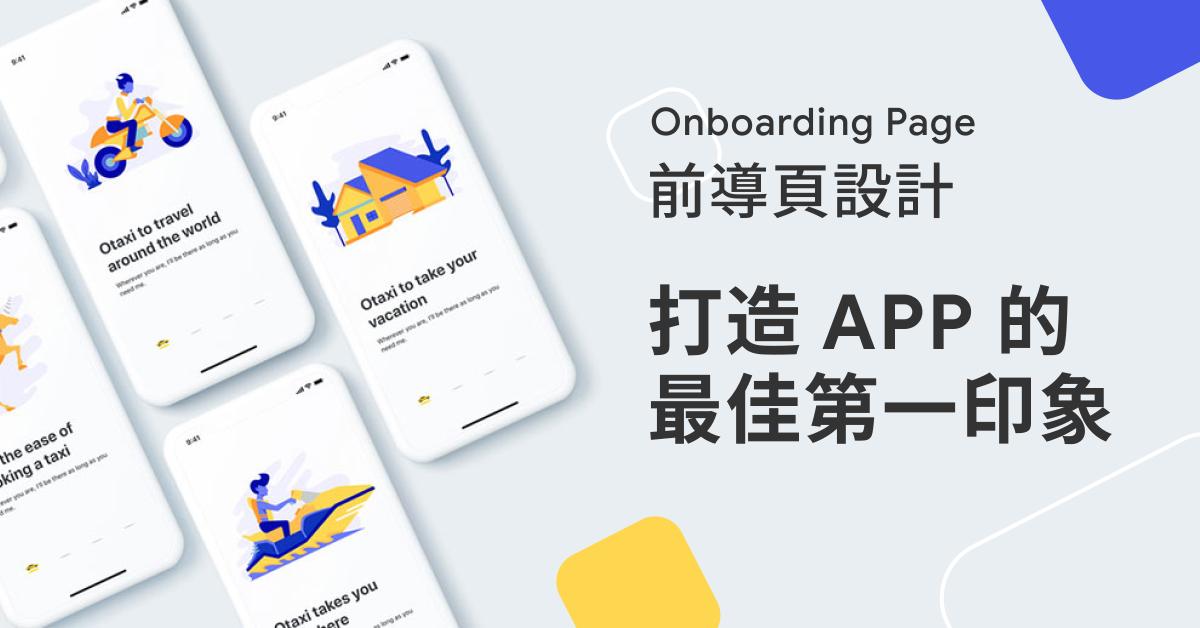A Unified Approach of API-First Development for Modern Enterprises
A Unified Approach of API-First Development for Modern Enterprises
OpenTPI | January 13, 2025
APIs are the lifeblood of today’s digital economy, enabling seamless integrations, powering innovations, and connecting applications in ways once thought impossible. For modern enterprises, adopting an API-first approach and mastering the API lifecycle are no longer optional; they are strategic imperatives.
These two practices work hand-in-hand, laying a strong foundation for scalable, secure, and reliable APIs while ensuring they evolve to meet dynamic business needs. By combining the principles of API-first development with a comprehensive lifecycle management strategy, organizations can create robust APIs that deliver value consistently. Platforms like digiRunner provide the necessary tools to standardize, streamline, and optimize this process, turning vision into execution.
Building the Foundation with API-First
An API-first strategy places APIs at the core of the digital ecosystem, treating them as primary products rather than byproducts of application development. This approach ensures that all services, integrations, and applications rely on a consistent, well-designed API framework.
Think of it as constructing the foundation of a building. A solid and carefully planned foundation ensures stability and scalability for everything built upon it. By prioritizing robust API design from the outset, organizations eliminate challenges like fragmented systems, inconsistent user experiences, and difficulties in scaling.
Example 1: Omnichannel Success in Retail
Consider a global retailer aiming to integrate its e-commerce website, mobile app, and partner systems seamlessly. An API-first strategy enables the retailer to design a single API for managing inventory, processing payments, and handling customer interactions. This API acts as a unified source of truth, providing real-time updates across all channels and ensuring consistent customer experiences, whether on the website or a partner platform.
Mastering the API Lifecycle for Seamless Execution
While API-first development provides the blueprint, API lifecycle management ensures the blueprint is executed efficiently and effectively. A structured lifecycle approach enables teams to design, deploy, monitor, and optimize APIs with governance and security embedded at every stage.
The digiRunner API Management Platform simplifies this journey with a framework that encompasses ten critical lifecycle stages:
- Plan: Define business requirements, roles, and a roadmap.
- Design: Use standards like OpenAPI to create consistent API specifications.
- Register: Group APIs logically and simulate responses in mock environments.
- Authorize: Secure endpoints with token-based authentication.
- Deploy: Automate deployments across development and production environments.
- Explore: Define quotas, usage limits, and approval workflows.
- Apply: Integrate APIs with external identity providers.
- Monitor: Leverage real-time alerts and logging to address performance issues.
- Analyze: Review usage patterns and optimize API performance.
- Optimize: Continuously improve scalability, security, and usability.
How API-First and Lifecycle Mastery Work Together
The synergy between API-first development and lifecycle management ensures a seamless process from ideation to optimization. By treating APIs as primary products and managing them as living assets, organizations create solutions that are adaptable, secure, and high-performing.
Example 2: Real-Time Banking in Finance
A bank launching a digital banking platform needs APIs for account balances, transaction histories, and money transfers.
- API-First: The bank designs APIs for core functions before developing applications, ensuring consistency across platforms.
- Lifecycle Management: Using digiRunner, the APIs are secured, deployed, and monitored for real-time performance. Analytics help identify areas for optimization, such as reducing response times.
The result is a secure and scalable platform offering a seamless banking experience.
Example 3: Unified Patient Data in Healthcare
A hospital seeking to centralize patient records and treatment plans can leverage this combined approach.
- API-First: APIs are designed to retrieve medical records and lab results, ensuring compliance with regulations like HIPAA.
- Lifecycle Management: digiRunner enables role-based access controls and monitors API usage to maintain compliance. Optimization ensures data is delivered quickly and reliably.
This strategy improves operational efficiency while enhancing patient care.
Best Practices for API Success
To maximize the benefits of API-first development and lifecycle management, organizations should adopt these best practices:
- Standardize Design: Use OpenAPI specifications for consistent and clear API designs.
- Implement Governance: Assign roles for each lifecycle stage to ensure compliance and accountability.
- Automate Processes: Use CI/CD pipelines for deployments and real-time monitoring for early issue detection.
- Enforce Quotas and Limits: Protect backend systems by setting usage limits and approval workflows.
- Continuously Improve: Regularly update APIs to meet evolving business needs and user expectations.
Conclusion: A Unified API Strategy for the Future
Combining API-first development with lifecycle mastery empowers organizations to build resilient and adaptable digital ecosystems. Platforms like digiRunner simplify this process by providing tools for every stage of the API journey, from design to optimization.
As industries evolve and digital demands increase, prioritizing APIs and managing them thoughtfully enables organizations to unlock new opportunities, enhance user satisfaction, and drive sustainable growth. By embracing this unified strategy, we’re not just creating APIs; we’re shaping the future of digital innovation, one integration at a time.
For more details on the digiRunner open source project and its contributions to API management, visit OpenTPI website.













